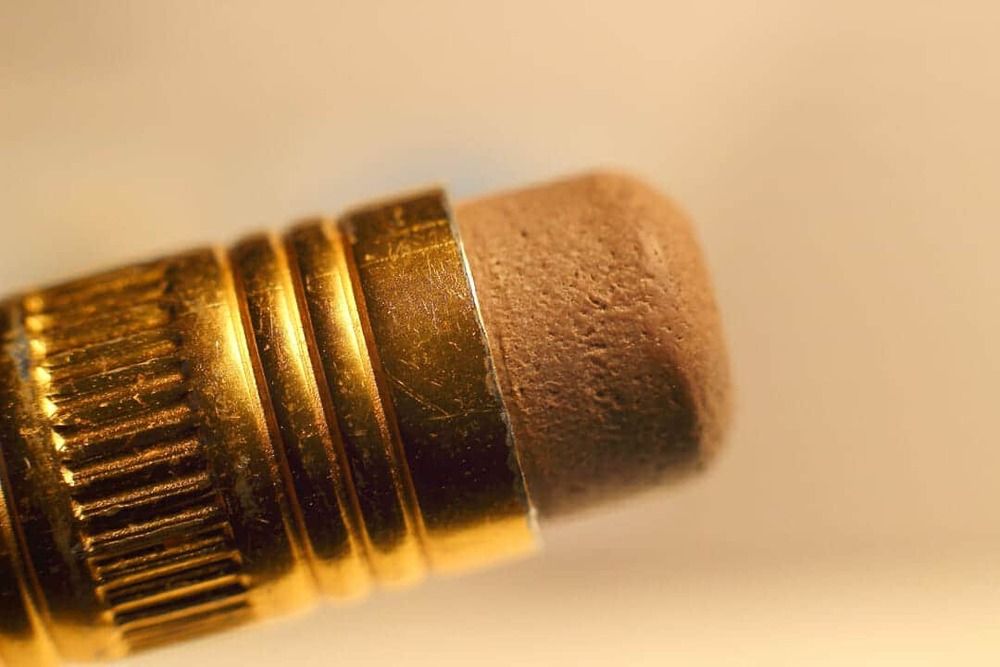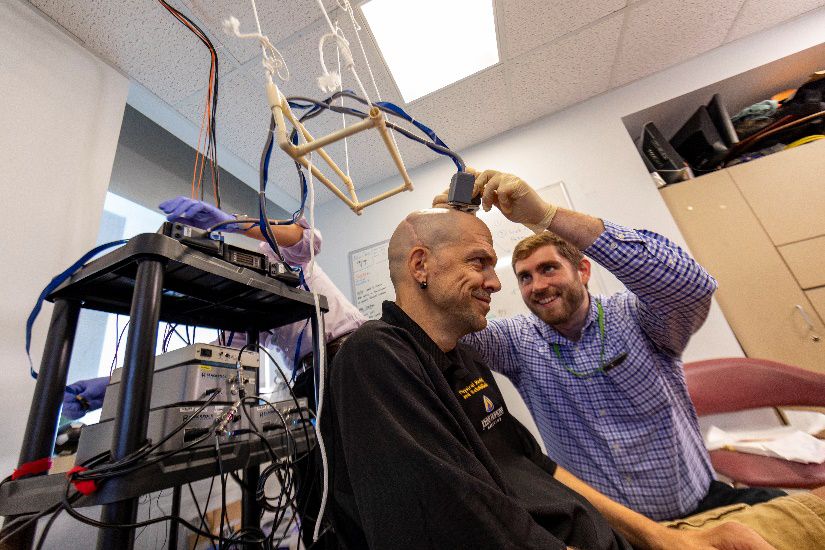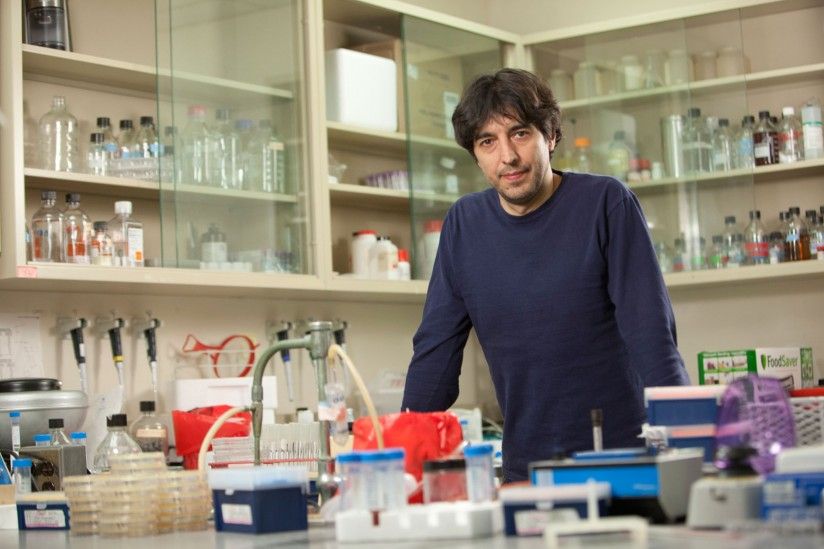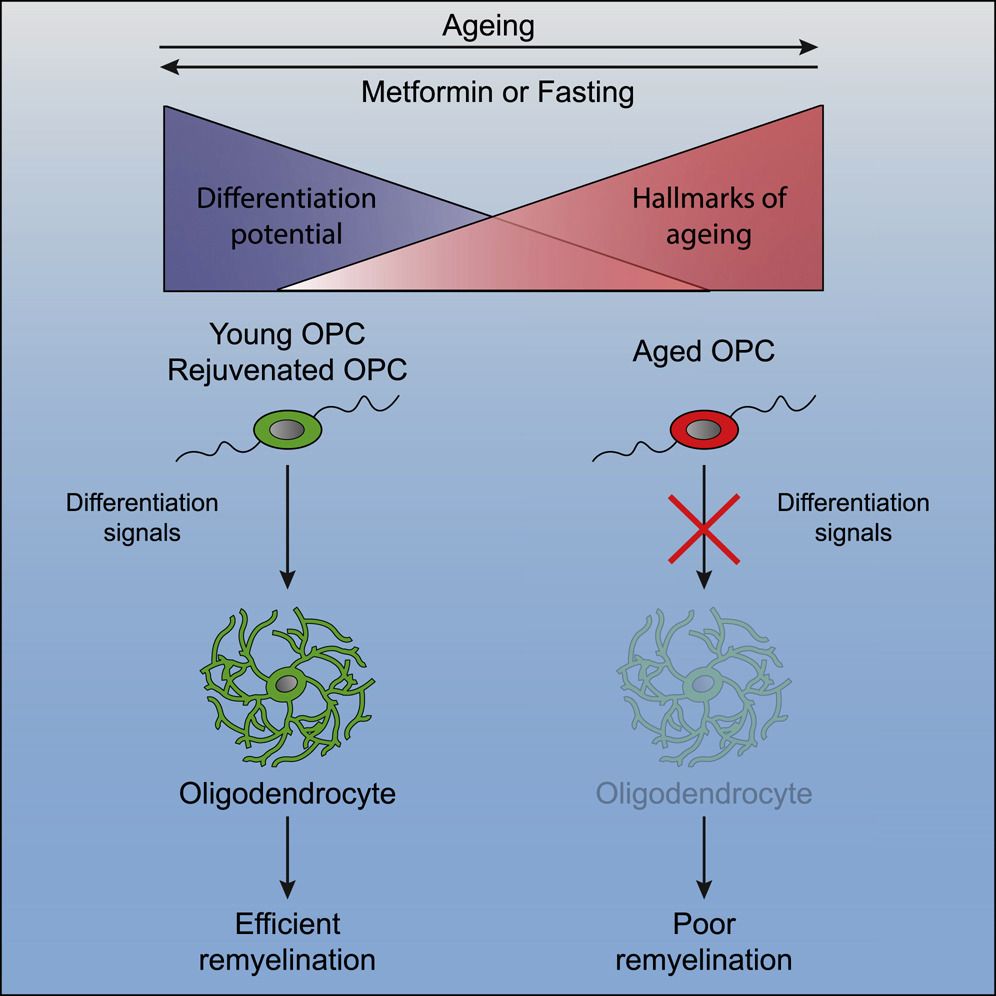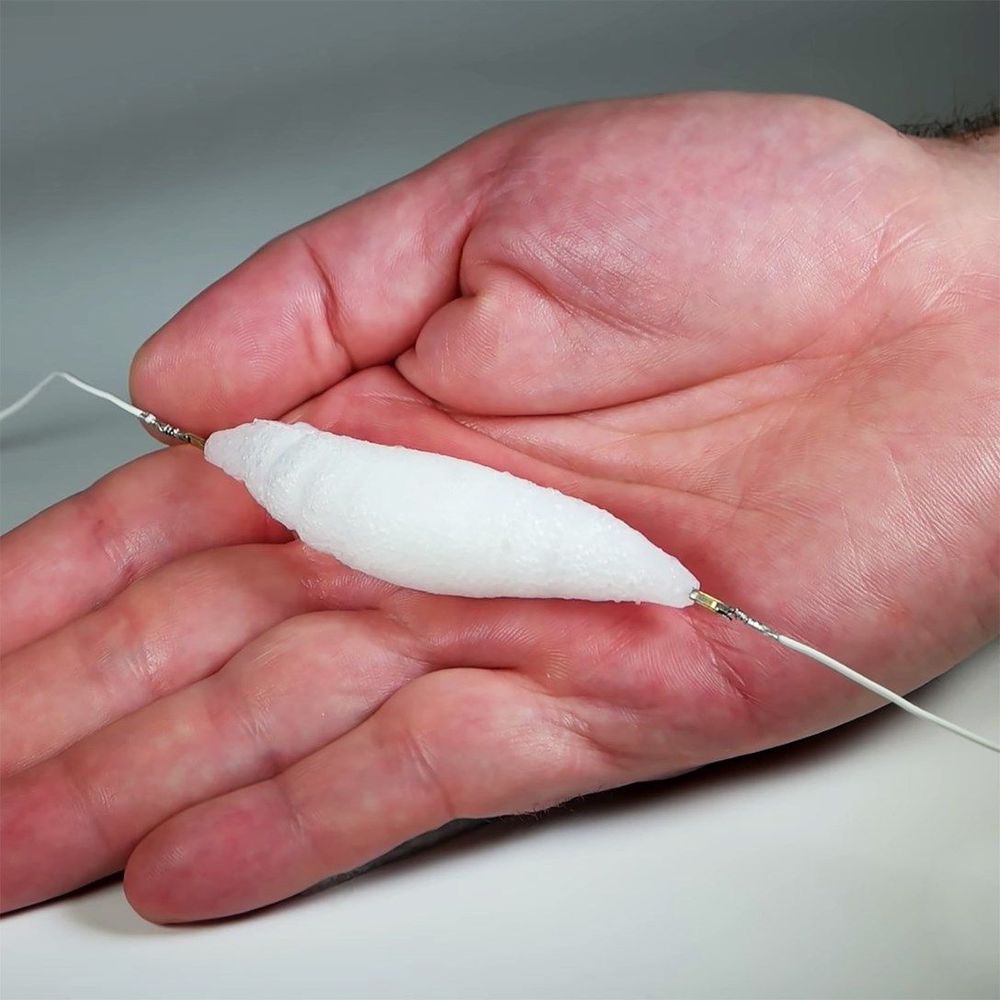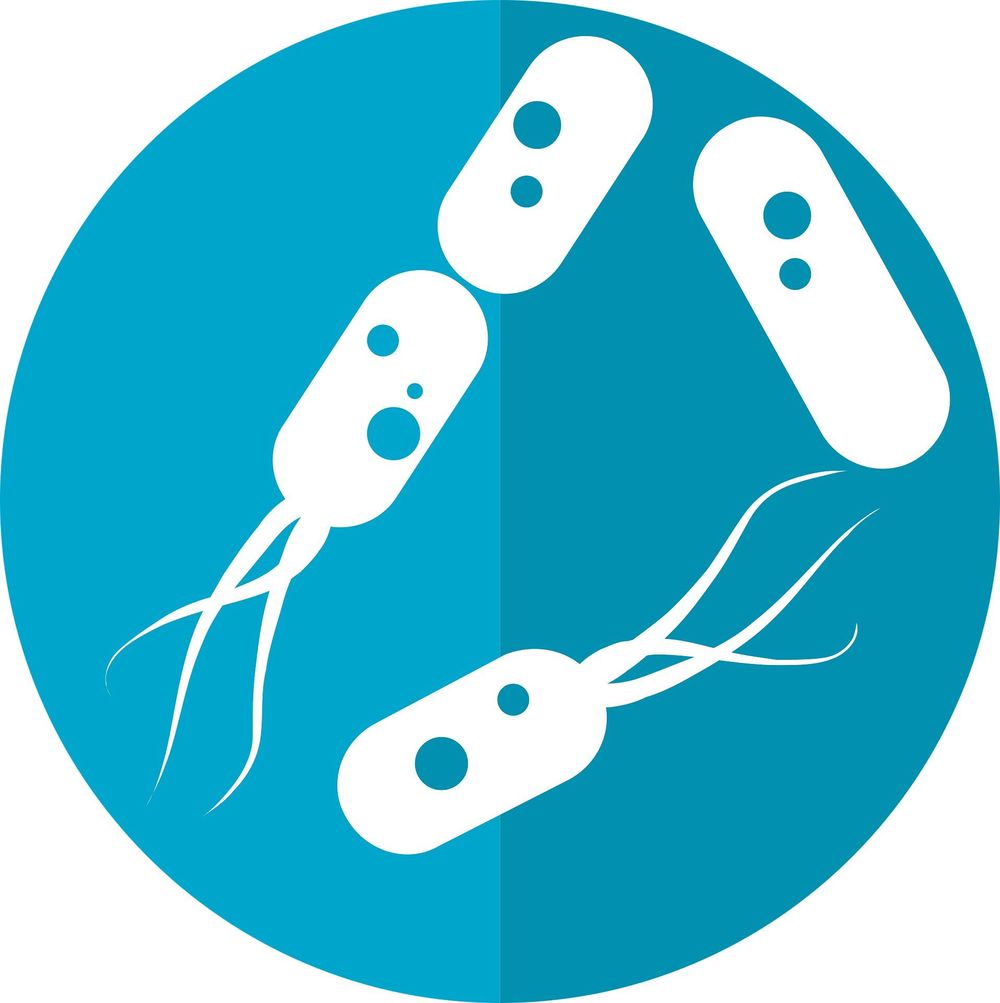“When you have them recall their trauma, the memory goes to an unstable state. The beta blocker is something we use to block the consolidation of the emotional part of the memory being restored, while preserving the conscious part,” says McGill University’s Dr. Karem Nader.
A traumatic memory has the means of replaying itself over and again with such tenacity that it’s almost as if it were on a constant loop. It has the alarming capability of magnifying the most horrific aspects and can run through the minds of its victims with such frequency that many report feeling as if they’re a prisoner of their own mind.
